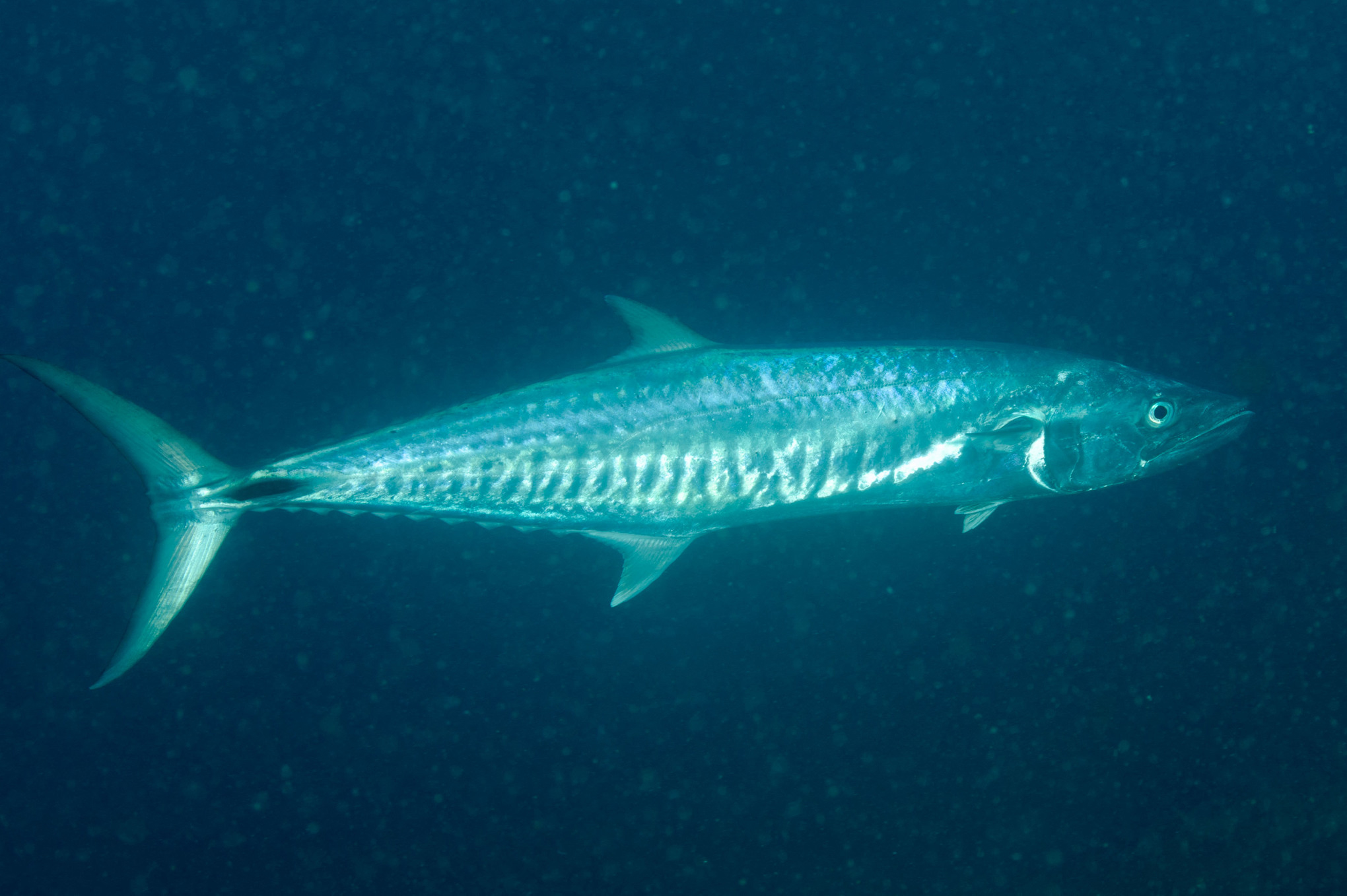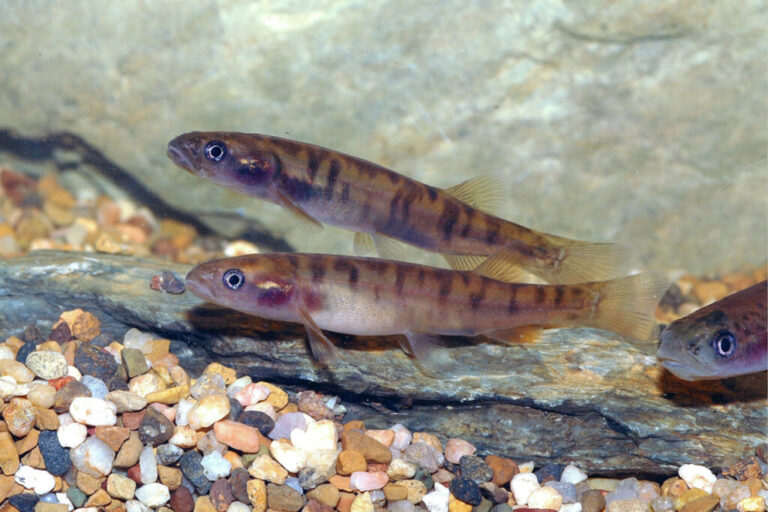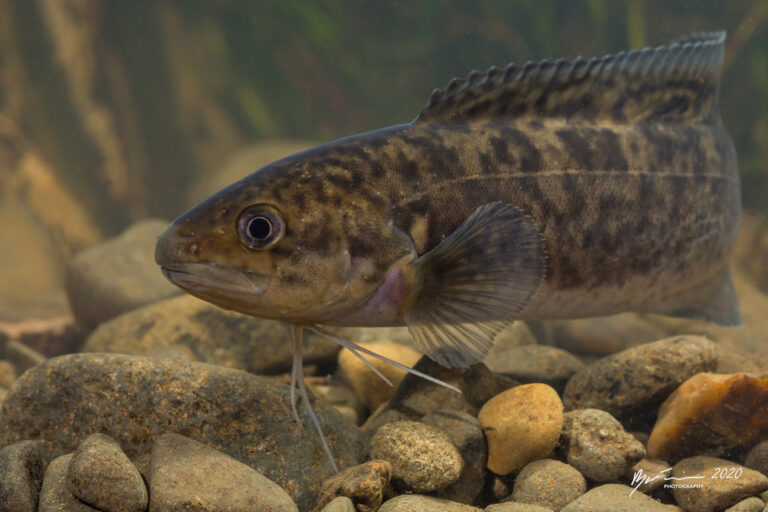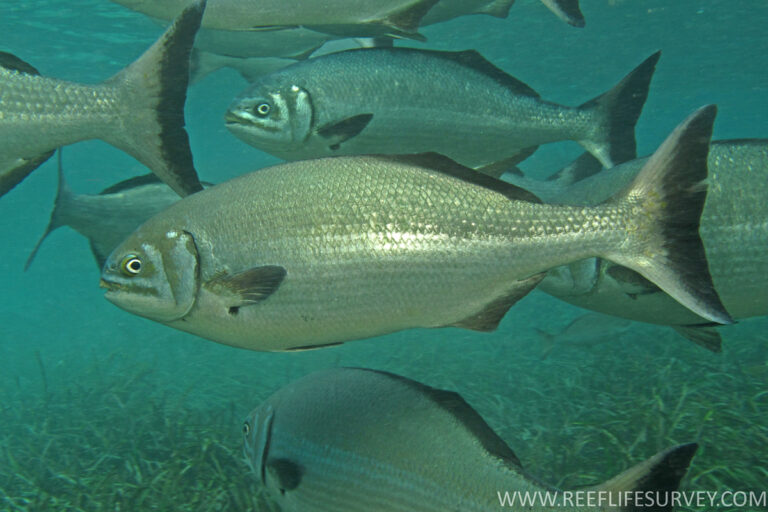Spanish mackerel (Scomberomorus commerson), also known as Narrow-barred mackerel, are a highly prized sport fish on light tackle. Spaniards are a pelagic species that frequent reef habitats between deeper oceanic waters and the mainland. Fast swimmers and predatory in nature, they make scorching high-speed runs when hooked and often display impressive aerobatics.
Overall they are silver in colour and iridescent blue-grey above the lateral line fading to a silvery blue-grey on the belly. Spanish mackerel have more than 40 narrow grey-blue, wavy vertical lines down their sides and there is a large dip in the lateral line below the second dorsal fin. Spanish mackerel are the largest of all Australian mackerels, growing to about 240cm and up to 70kg.
Spanish mackerel are carnivores that predominantly feed on a variety of baitfish and to a lesser extent squid. They are commonly found around offshore and coastal reef systems, islands, headlands, wrecks and bays. They are also found in drop-offs, and shallow or gently sloping reef and lagoon waters. In winter they are somewhat restricted to the top half of the country whereas in summer they push south with the warmer currents and eddies. In our mid-north coast they are best fished for during the summer months as they migrate.

Large Spaniards are serious contenders on a fly rod but do present a few perils to the unwary flyfisher. They have teeth, lots of them and very sharp. They also strike with such speed and ferocity that they can inflict a serious line burn on the stripping hand. Lastly, they are extremely lively if brought into the boat and those teeth are razor sharp.
Anglers who regularly fish for Spaniards advise 9 – 12 wt outfits fitted with large arbour reels that hold at least 200m of 50lb braid backing. Most anglers use wire trace but others prefer 50lb fluorocarbon as they feel the Spaniards can be shy of the more visible wire trace. Weight forward intermediate sink rate, clear, fly lines are recommended if the fish are feeding towards the surface whilst around bait schools and when using burley, a sinking line would be best. A rod’s length leader consisting of 1.5m of 60lb flouro with 1m of 50lb section onto which a final tip of fluoro is attached will handle most fish. Attach a 25cm length of wire if desired.
Choice of flies is not difficult: if it looks like a tiny baitfish it should bring results.
Often the hardest thing to do is find the fish. Watching terns as they fly suddenly in the one direction often reveals a surface feeding frenzy. Spaniards can also be located as they launch themselves high into the air when raiding schools of baitfish from underneath.




